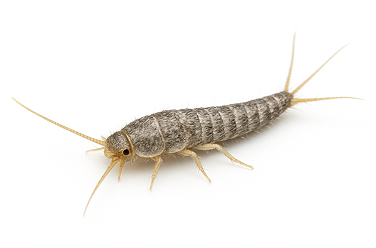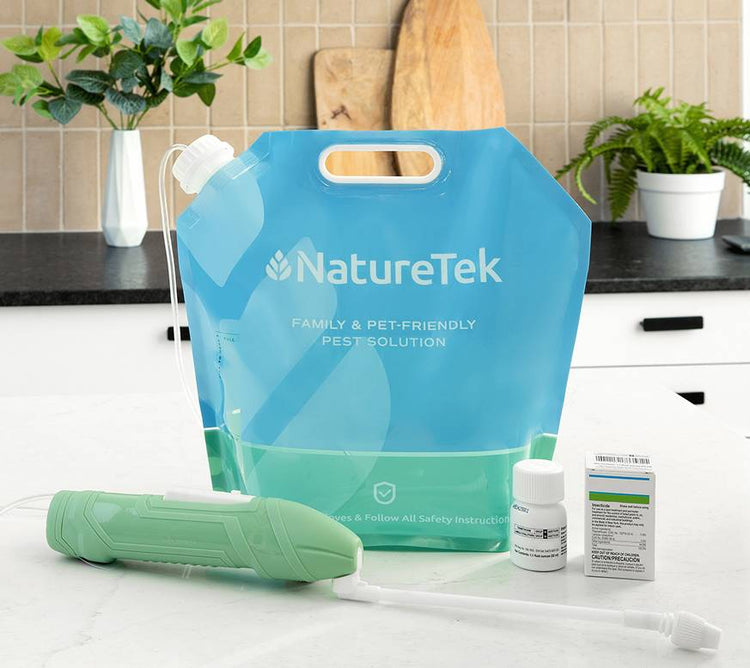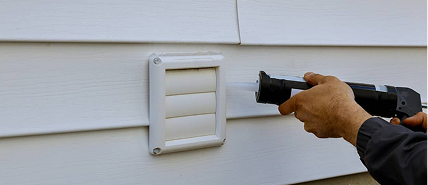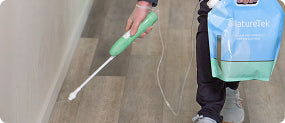Silverfish
Silverfish are fast-moving pests often found in damp, dark areas of homes, where they damage books, clothing, wallpaper, and stored food. Though harmless to humans, their rapid reproduction makes them difficult to control. This guide provides effective steps to eliminate silverfish and prevent future infestations.
Here are some of the most common Silverfish species found across households in the United States.
-
Common Silverfish

-
Four-Lined Silverfish

-
Gray Silverfish


Body Shape: Long, flattened, and teardrop-shaped, tapering toward the rear.
Antennae: Long, thin, and highly sensitive, extending from the head.
Size: Typically ½ to ¾ inch in length, though some species may be slightly larger.
Color: Shiny silver, gray, or light brown, sometimes with a mottled appearance.
Legs: Six legs, allowing them to move quickly in a wriggling, fish-like motion.
Tail Appendages: Three long, bristle-like appendages (cerci) extending from the rear.
Activity: Nocturnal and fast-moving, often darting away when disturbed.
You can use the following model to help you identify a common silverfish .













































































































